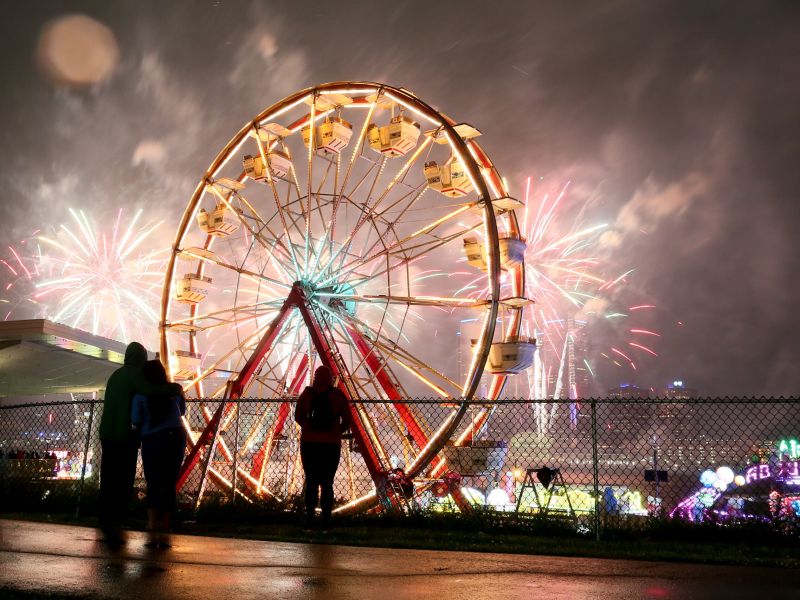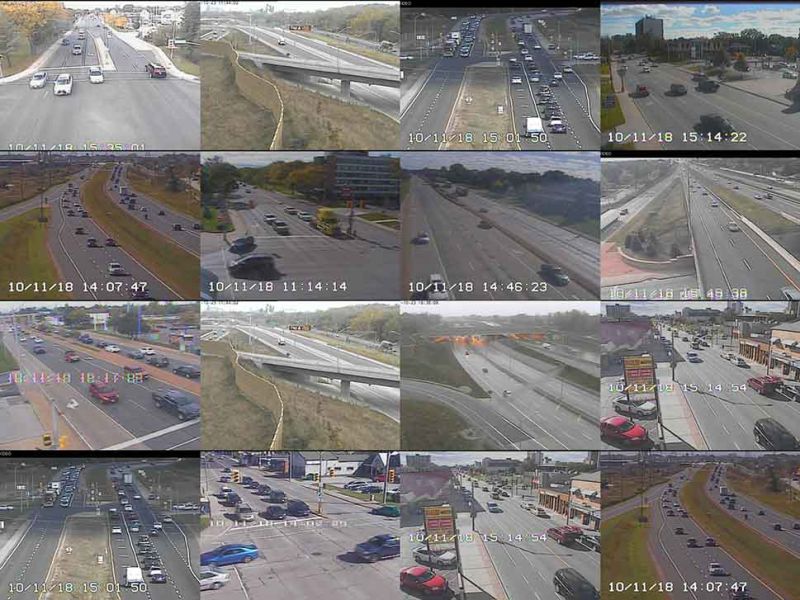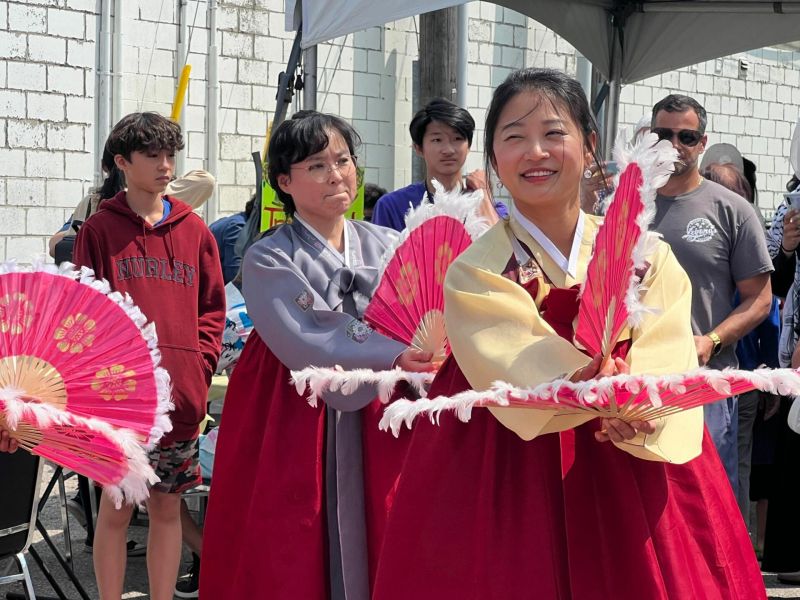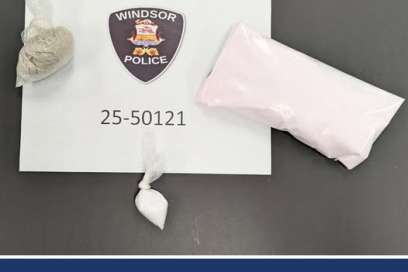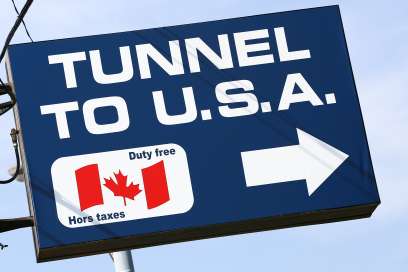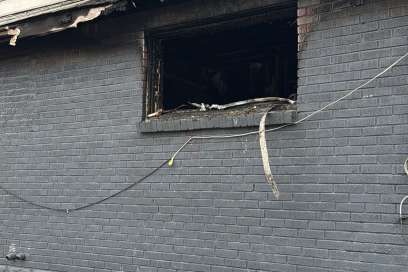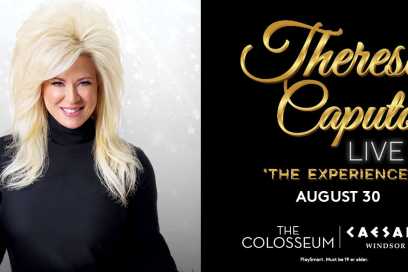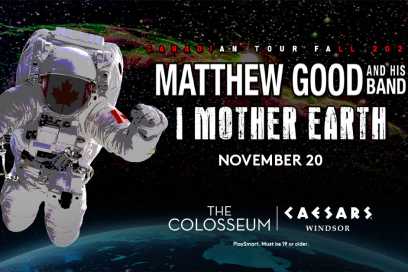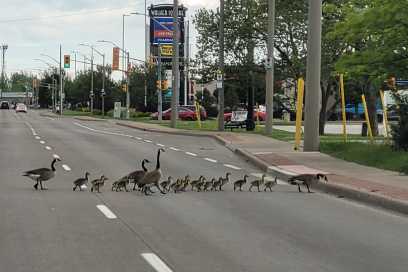Have you seen the moon tonight?
Monday December 20th, 2010, 9:53pm
Hello time traveller!!
This article is 5273 days old.
The information listed below is likely outdated and has been preserved for archival purposes.
Total eclipse of the moon – hopefully we will be able to see it ’cause there’s going to be a total lunar eclipse tonight. And for the first time in 372 years, the spectacle will take place during the winter solstice. NASA says that the rare, 72-minute lunar eclipse — when the sun, the Earth and the moon align — will begin in the early morning hours in North America, and should cast an amber glow on snowy landscapes.
According to Fred Espenak a total eclipse of the Moon occurs during the early morning hours of December 21, 2010 (for observers in western North America and Hawaii, the eclipse actually begins on the evening of December 20). The entire event is visible from North America, Greenland and Iceland. Western Europe will see the beginning stages of the eclipse before moonset while western Asia will get the later stages after moonrise. During a total lunar eclipse, the Moon’s disk can take on a dramatically colorful appearance from bright orange to blood red and more rarely dark brown to very dark gray.
‘One of the great things about lunar eclipses is that they are completely safe to view with the naked eye. No special filters are required to protect your eyes like those used for solar eclipses. You don’t even need a telescope to watch the eclipse although a good pair of binoculars will help’ says Espenak.
An eclipse of the Moon can only take place at Full Moon, and only if the Moon passes through some portion of Earth’s shadow. The shadow is actually composed of two cone-shaped parts, one nested inside the other. The outer shadow or penumbra is a zone where Earth blocks some (but not all) of the Sun’s rays. In contrast, the inner shadow or umbra is a region where Earth blocks all direct sunlight from reaching the Moon.
When only part of the Moon passes through the umbra, a partial eclipse is seen. If the entire Moon passes through the umbral shadow, then a total eclipse of the Moon occurs. It is also possible to have an eclipse where the Moon passes through only the penumbra. Each of these eclipses has a unique and distinct appearance (see Visual Appearance of Lunar Eclipses). For more information on how, what, why, where and when of lunar eclipses, see the special web page Lunar Eclipses for Beginners.
For more information on the lunar eclipse, please see NASA’s website
